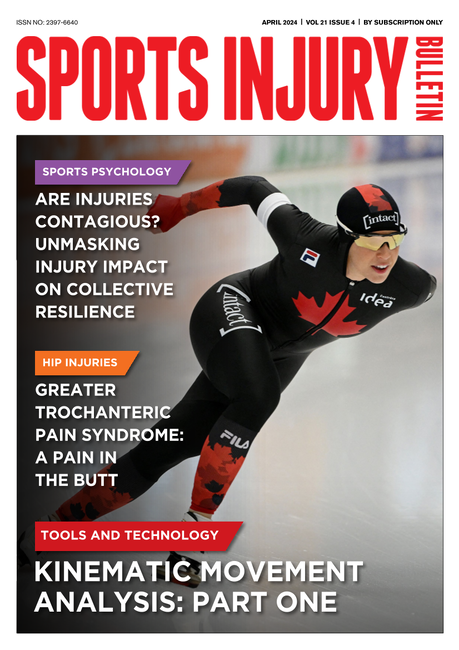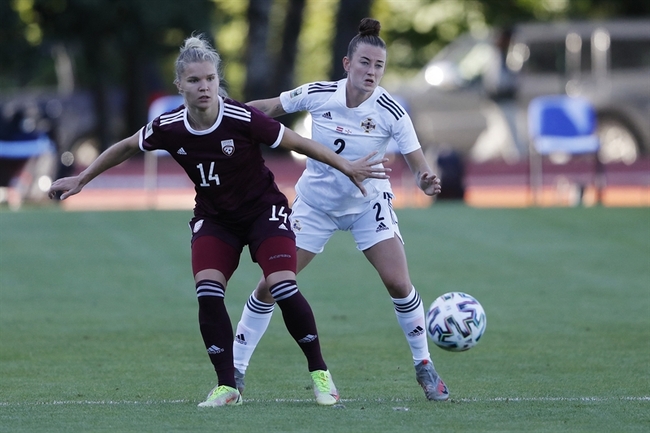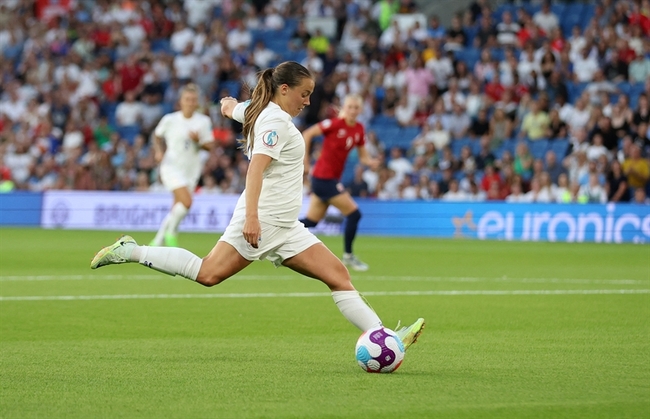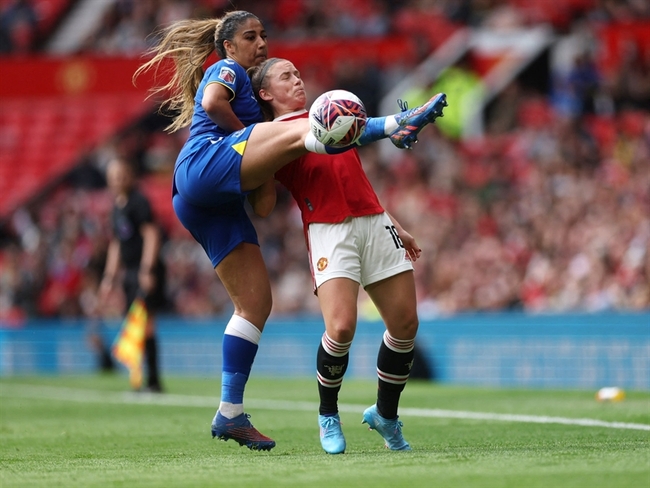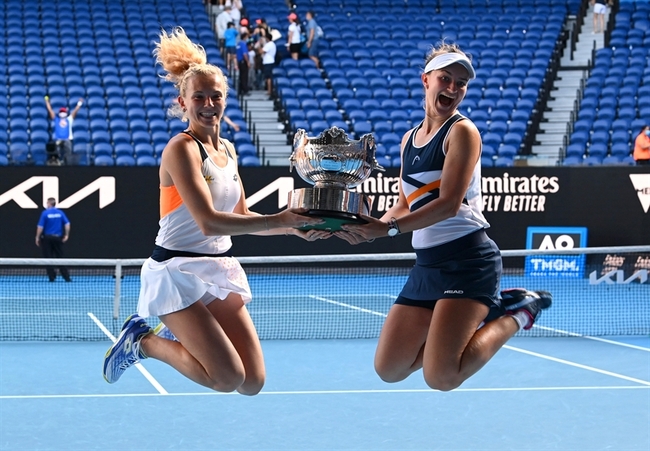Patellofemoral pain syndrome: is it okay to use lunges?
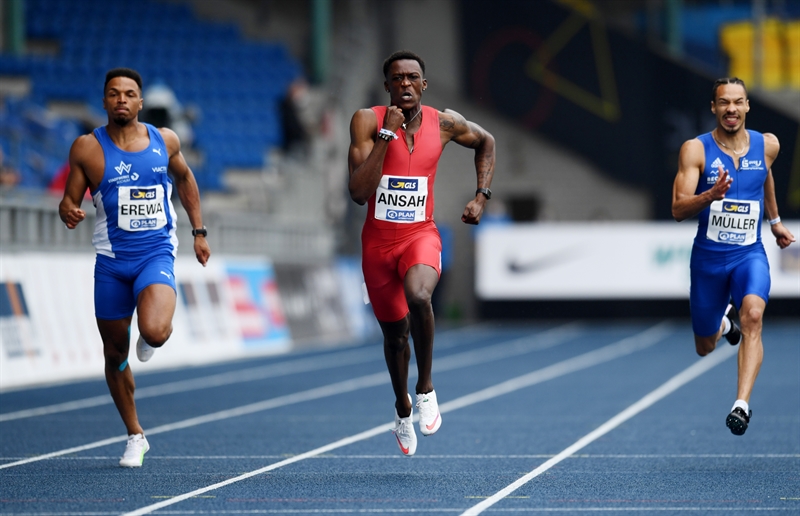
Paper title: Patellofemoral joint loading during the forward and backward lunge
Publication: Physical Therapy in Sport. Jan 2021; Vol. 47, Pages 178-184 doi.org/10.1016/j.ptsp.2020.12.001
Publication date: Jan 2021
INTRODUCTION
Patellofemoral pain syndrome (PFPS) is one of the most common causes of knee pain in young athletes. It usually presents as anterior and retro-patellar knee pain made worse by stair climbing, squatting, and running. Eventually, the pain may stop an athlete from playing. Alterations in patellofemoral joint (PFJ) loading variables contribute to PFPS, making it challenging to manage.Though exercise is the mainstay of PFPS treatment, there is still uncertainty about the best types of exercises and strategies for load progression. The lunge is a popular strengthening and loading exercise. This study sought to discover which kind of lunge, forward or backward, put more stress on the PFJ.
METHODOLOGY
Researchers recruited 20 young, healthy females for this study. They placed 47 body markers on different body parts to record the data from two force platforms and 15 motion analysis cameras. Human Body Model (Motek Medical) was used to measure muscle forces. Participants performed 10 consecutive forward and backward lunges, and the investigators analyzed the middle six.RESULTS AND CLINICAL IMPLICATIONS
The main findings were as follows:- Forward and backward lunges were not similar in terms of PFJ loading parameters. Peak PFJ reaction force was 18.1% higher for the forward lunge (FL) than the backward lunge (BL) during upward phase, whereas peak PFJ stress was 9.55% higher in FL than BL.
- Peak quadriceps force was 18.3% higher in FL. The average PFJ loading rate was 124% higher in FL compared to the BL. On average, the angle of knee flexion was 5.85% larger in the upward phase of FL than BL, whereas the ankle was 295% more dorsiflexed during the upward phase of the FL than the BL. And lastly, there was 223% more forward trunk tilt (15.4 degrees) in BL than in FL.
Though based on asymptomatic female participants, these results suggest that there is a higher level of PFJ loading in the FL than the BL. The BL may be a more suitable exercise to strengthen the glutes and quads without adding further strain to the PFJ during PFPS rehabilitation.
ASHIS GUPTA, PT, MPT
You need to be logged in to continue reading.
Please register for limited access or take a 30-day risk-free trial of Sports Injury Bulletin to experience the full benefits of a subscription.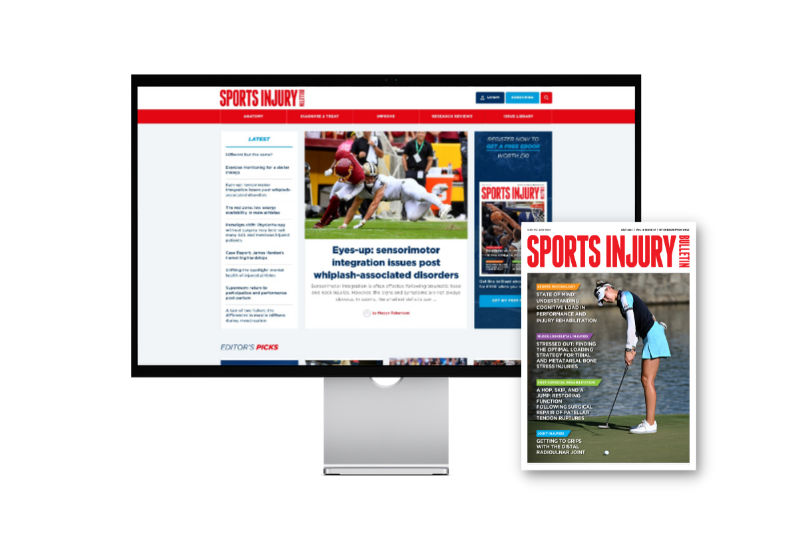 TAKE A RISK-FREE TRIAL
TAKE A RISK-FREE TRIAL
Newsletter Sign Up
Subscriber Testimonials
Dr. Alexandra Fandetti-Robin, Back & Body Chiropractic
Elspeth Cowell MSCh DpodM SRCh HCPC reg
William Hunter, Nuffield Health
Newsletter Sign Up
Coaches Testimonials
Dr. Alexandra Fandetti-Robin, Back & Body Chiropractic
Elspeth Cowell MSCh DpodM SRCh HCPC reg
William Hunter, Nuffield Health
Be at the leading edge of sports injury management
Our international team of qualified experts (see above) spend hours poring over scores of technical journals and medical papers that even the most interested professionals don't have time to read.
For 17 years, we've helped hard-working physiotherapists and sports professionals like you, overwhelmed by the vast amount of new research, bring science to their treatment. Sports Injury Bulletin is the ideal resource for practitioners too busy to cull through all the monthly journals to find meaningful and applicable studies.
*includes 3 coaching manuals
Get Inspired
All the latest techniques and approaches
Sports Injury Bulletin brings together a worldwide panel of experts – including physiotherapists, doctors, researchers and sports scientists. Together we deliver everything you need to help your clients avoid – or recover as quickly as possible from – injuries.
We strip away the scientific jargon and deliver you easy-to-follow training exercises, nutrition tips, psychological strategies and recovery programmes and exercises in plain English.

